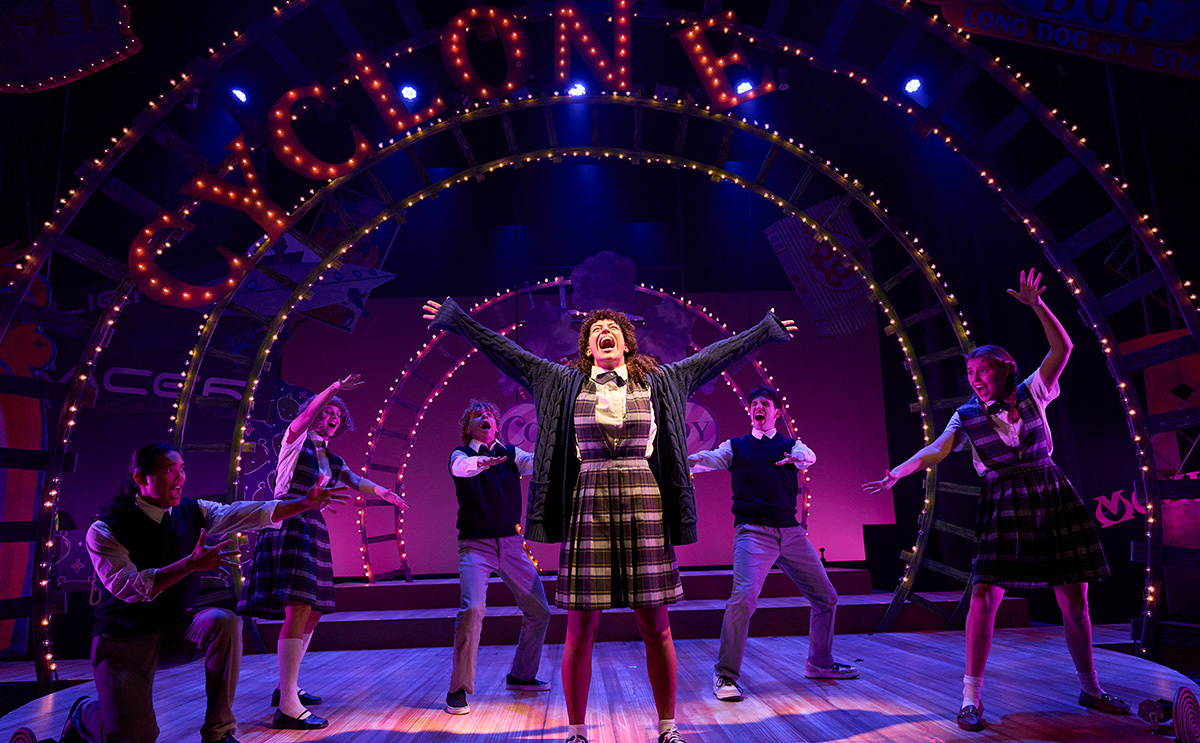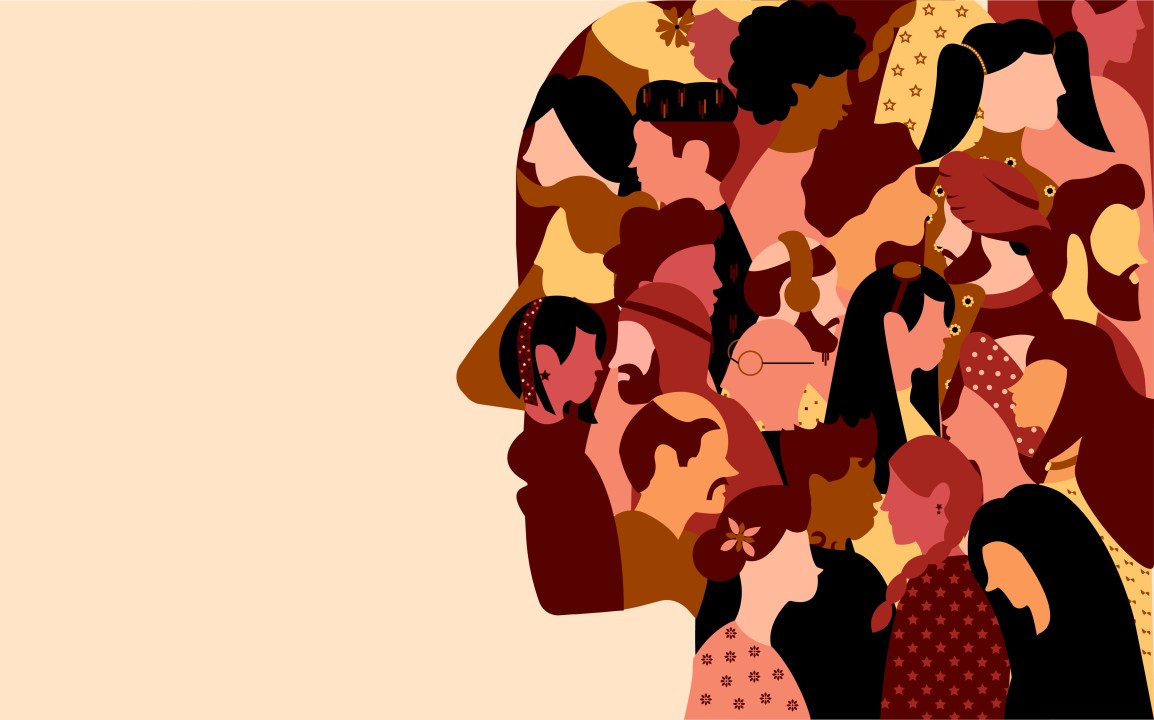The Origins: Drama in the Ancient World
Theater, as we know it, finds its roots in ancient Greece, where drama began to take shape through the worship of gods like Dionysus. These early forms of theater provided a foundation that not only entertained but also explored the depths of human experience.
The Dionysian Roots
In ancient Greece, the City Dionysia was a vibrant festival dedicated to Dionysus, the god of wine and fertility. During these festivities, choral performances known as dithyrambs were central, evolving into structured dramas. These performances were more than religious expressions; they were communal events that laid the groundwork for theatrical traditions worldwide. The transition from chorus-driven storytelling to individual character portrayal marked a significant innovation in dramatic arts.
The Birth of Tragedy and Comedy
Greek drama saw the diversification into tragedy and comedy, each with distinct narrative purposes. Tragedy, marked by its exploration of human weakness and destiny, provided profound insights into moral and ethical dilemmas. Tragic figures like Oedipus captivated audiences with their flawed but heroic journeys, leaving lasting impressions on societal values and human introspection.
Conversely, comedy, led by the likes of Aristophanes, used humor and satire to critique societal norms and politics. These performances served as outlets for civic engagement, allowing people to question authoritarian figures by laughing at their follies. This balance of genres showcased the versatility of Greek theater in addressing both collective grief and communal laughter.
The Amphitheater Experience
The architectural marvels of Greek theaters, like the Theater of Dionysus, helped amplify the dramatic experience for audiences. Carved into hillsides, these large amphitheaters provided excellent acoustics, ensuring that every dialogue resonated throughout the space. These settings reflected the importance of theater in Greek society as places of collective gathering and cultural expression.
Incorporating a chorus not only aided narrative progression but also linked audiences to the onstage action, bridging the gap between spectators and performers. This feature underscored the communal aspect of Greek theater, making each performance a shared journey.
Medieval Mirth: The Vibrancy of Morality Plays
Transitioning from Greek to medieval theater, the focus shifted from mythology and philosophy to morality and edification. Morality plays emerged as a powerful medium to instill ethical teachings, marrying entertainment with instruction.
The Purpose of the Play: Instruction and Edification
During the Middle Ages, morality plays became vital for imparting religious and ethical lessons to largely illiterate populations. These plays used allegories to dramatize moral conflicts, vividly depicting consequences of vice and virtue. By transforming sermons into engaging narratives, they illuminated the Christian path of righteousness amid societal ignorance.
Scriptures-inspired scenarios lent accessibility to theological concepts, bridging church teachings with everyday morality. This approach manifested significantly in the character "Everyman," who represents the universal human experience, thereby drawing audiences into personal reflection and understanding.
Personified Virtues and Vices: The Characters
Morality plays utilized allegorical characters such as "Good Deeds" and "Knowledge" to personify abstract concepts. This technique allowed viewers to witness the tangible consequences of ethical and unethical behaviors. These personifications cultivated personal introspection, urging audiences to align their actions with virtuous living for spiritual salvation.
These plays vividly illustrated the battle between good and evil within human souls, using straightforward narratives to reinforce moral clarity. This narrative style facilitated audience engagement with spiritual principles, embedding moral instruction within theatrical form.
The Theaters and Stages: A Humble Setting
Medieval theatrical performances were characterized by simplicity and accessibility, often taking place in open spaces like town squares. This setting provided broad access across social classes, democratizing theater as a communal medium for instruction. With minimalistic sets and costume constraints, focus remained steadfastly on storytelling and message delivery rather than aesthetic allure.
The accessibility and boarding of audiences through these plays—performed by traveling troupes—enabled moral teachings to reach diverse communities. Despite humble settings, their presentations captivated audiences, demonstrating theater's potential for profound societal influence beyond mere spectacle.
| Era/Period | Key Aspects | Notable Developments/Examples | Regional Focus |
|---|---|---|---|
| Greek Tragedy (5th c. BCE) | Origins of Western theater, use of chorus, tragic themes | Plays by Aeschylus, Sophocles, Euripides; Theatron seating design | Anglo-American study focuses on Greek tragedy's influence |
The medieval period's blend of religious allegory and dramatization invented enduring theatrical forms, influencing far beyond their immediate time. They provided collective spaces for moral contemplation and cultural exchange through theater's transformational power.
Renaissance Revelations: Theater's Golden Revival
The Renaissance offered a dynamic revival of classical themes, integrating humanistic ideas into drama. It built a cohesive bridge between Greek origins and fresh theatrical explorations driven by innovation and rediscovery of classical culture.
Re-embracing Classical Roots
The Renaissance era signified a renaissance—a rebirth of artistic expression fueled by classical antiquity's revival. Through intense study of Greek and Roman texts, playwrights adapted foundational structures, enriching themes with newfound scholarly insights. This interplay of old and new soared under the feathers of humanist inquiry, awakening a grand fusion.
Reconstructing elements like the chorus took innovative forms, evident in Renaissance playwrights' hands. They imbued it with theatrical tools like soliloquies and asides to navigate thought and emotion. This weaving of tradition with contemporary narrative embraced the richness of ancient drama, bolstering character complexity and thematic depth.
The Rise of Professional Theater
The professionalization of theater emerged prominently during the Renaissance. Dedicated troupes traveled widely, propagating the culture of drama, ushering in a new era of theater evolution. Permanent playhouses such as the Globe Theater offered playwrights like Shakespeare and Marlowe stage settings to firmly anchor dramatic narratives within permanent infrastructures.
These troupes improved production values and elevated audience experiences with increased focus on costume, set design, and realistic portrayals. The era saw a surge in theater's sophistication driven by commercial vitality and artistic endeavor, transforming plots and performance quality.
The Playwright Takes Center Stage
The Renaissance elevated playwrights to a movie-like standard of fame. Figures like Shakespeare emerged, transforming dramatic landscapes with intricate tales, relatable themes, and emotive characters, leaving an indelible mark on the theater's evolution.
Renowned for their literary finesse, playwrights explored human emotions and societal facets insightfully. This epoch's hallmark was deep engagement with audience consciousness through symbol-laden dialogues that bore witness to relevant social dynamics—a poetic intersection of theater, literature, and philosophy.
Modern Mavericks: Redefining Theatrical Expression
Modern theater sees endless experimentation with formats, genres, and narratives, pushing the boundaries of the art form. Elements like breaking the fourth wall, avant-garde techniques, and social commentaries color new expressions in drama.
Breaking the Fourth Wall
In recent theatrical endeavors, the "illusion of the fourth wall" is frequently shattered as actors engage directly with the audience. This approach offers an immersive experience, minimizing observer distances, drawing audiences directly into the production.
Through character monologues addressing the audience, barriers blur, extending conversations beyond the stage, igniting discussions on identity and human condition. Audience involvement through interaction fosters compelling narratives that empower viewers to engage responsively with dramatic content.
Experimental Forms and Techniques
Modern drama welcomes various experimental forms, utilizing multimedia, non-linear narratives, and abstract symbolism. Through a captivating mix of visual artistry and imaginative soundscapes, these plays challenge traditional perceptions, portraying fluid stories in innovative dimensions.
Dynamic stage designs, interactive spaces, and unconventional production techniques engage audiences on multiple sensory levels. This evolution includes immersive installations that encourage rethinking the theatrical experience, affirming theater's enduring adaptability.
Addressing Social and Political Issues
Contemporary theater stands as a vehicle for powerful societal reflection and change. Playwrights emphasize topics like identity, equity, climate consciousness, and sociopolitical dynamics, fostering storytelling as an advocacy tool.
Theater thus continues impacting cultural landscapes, voicing and challenging public consciousness, cultivating empathetic understanding, and initiating dialogues for social transformation.
Question and Answer
-
What is the significance of Greek tragedy in the history of theater?
Greek tragedy is foundational to the history of theater as it introduced structured storytelling through themes of fate, morality, and the human condition. Playwrights like Aeschylus, Sophocles, and Euripides crafted narratives that deeply resonated with audiences, influencing theatrical traditions for centuries. Their works explored complex characters and profound philosophical questions, laying the groundwork for the narrative depth seen in modern drama.
-
How did Renaissance drama evolve from Greek theater traditions?
Renaissance drama evolved by re-embracing classical Greek and Roman themes and structures. Playwrights during the Renaissance, such as William Shakespeare and Christopher Marlowe, studied ancient texts and incorporated their elements, like the use of soliloquies and complex character arcs, into new works. This period was marked by a fusion of classical ideas with innovative storytelling, resulting in a golden age of dramatic literature that focused on humanism and individualism.
-
What advancements in stagecraft and lighting design have shaped modern theater?
Modern theater has been profoundly shaped by advancements in stagecraft and lighting design, particularly the transition from gaslight to electric lighting. This change allowed for greater control over illumination, enhancing the visual storytelling and mood-setting capabilities of productions. Lighting designers gained the ability to create dynamic and immersive environments, while stagecraft innovations, like mechanized sets and digital projections, have expanded the possibilities for creativity and audience engagement.








